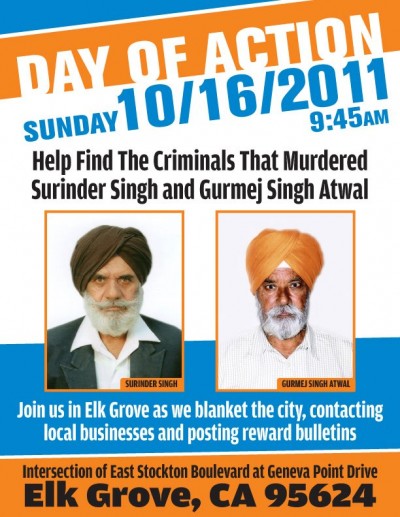
a video about people at the protests one week ago, courtesy of Thanu Yakupitiyage
“We must not miss the chance to put the needs of people of color—upon whose backs this country was built—at the forefront of this struggle.”
—from CALL OUT TO PEOPLE OF COLOR from the #OWS POC Working Group
How Hena Got There
Two Thursdays ago, after Troy Davis had been executed, Hena Ashraf protested his killing at a rally in New York City. The group that she was with didn’t have a particular plan, she says, but “we ended up on Wall Street.”
It was her first time at Occupy Wall Street, a movement that’s rapidly gaining steam and numbers. And a week ago, by her fourth time there, Ashraf had become a game-changer: one of a group of desis who stood up and insisted that the movement’s primary declaration edit language that referred to racism, sexism, and other forms of discrimination as though they were things of the past.
“We definitely stood out,” Ashraf told me. At that point, she explained, the protests were still overwhelmingly white. (We spoke on the phone Sunday night; she was two blocks from Wall Street, heading back to the protests.) But, she added, over the course of her visits to the site, she’s seen them become more diverse.
Continue reading →
 If in the Sacramento area, please join the Jakara Movement and the local community as they blanket the neighborhood talking to the community and posting reward bulletins. For more information and to RSVP, please visit the facebook page.
If in the Sacramento area, please join the Jakara Movement and the local community as they blanket the neighborhood talking to the community and posting reward bulletins. For more information and to RSVP, please visit the facebook page.





